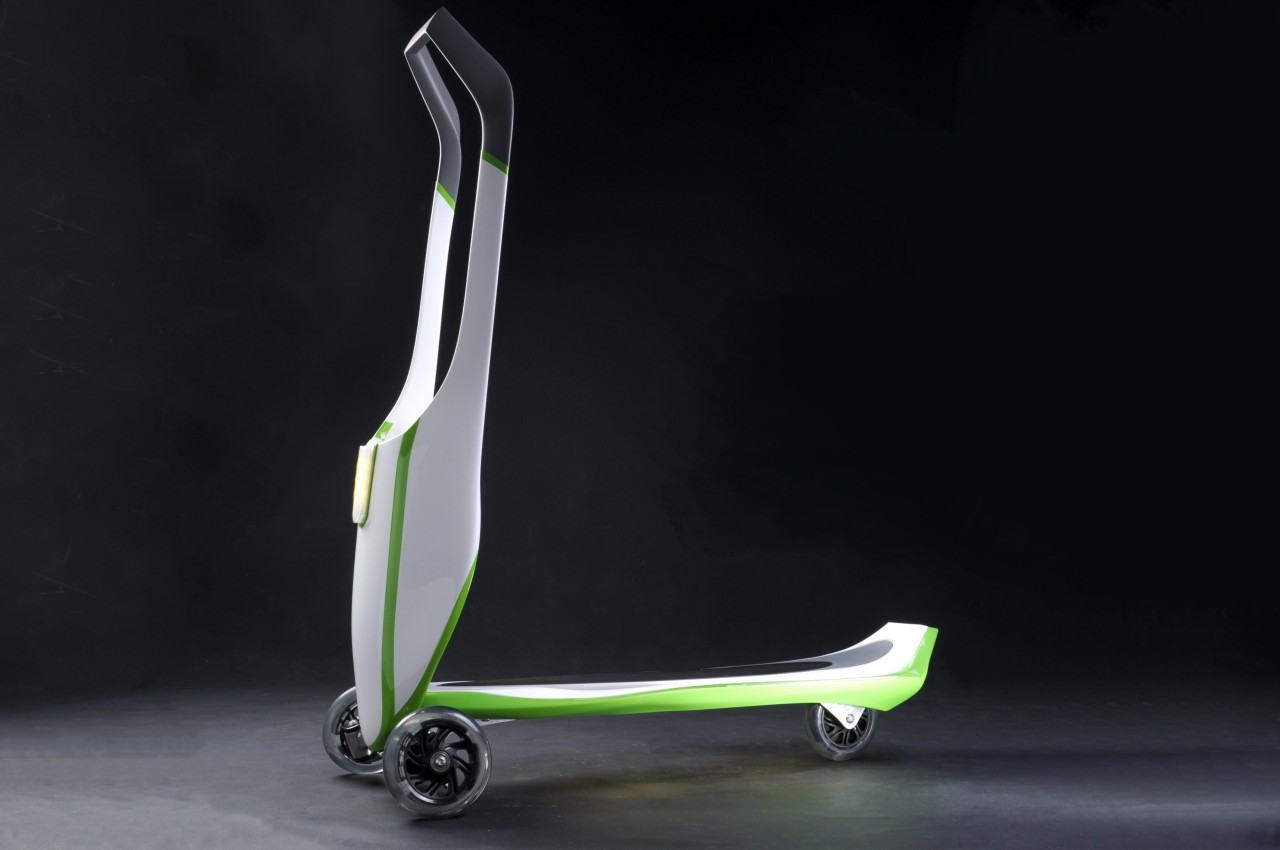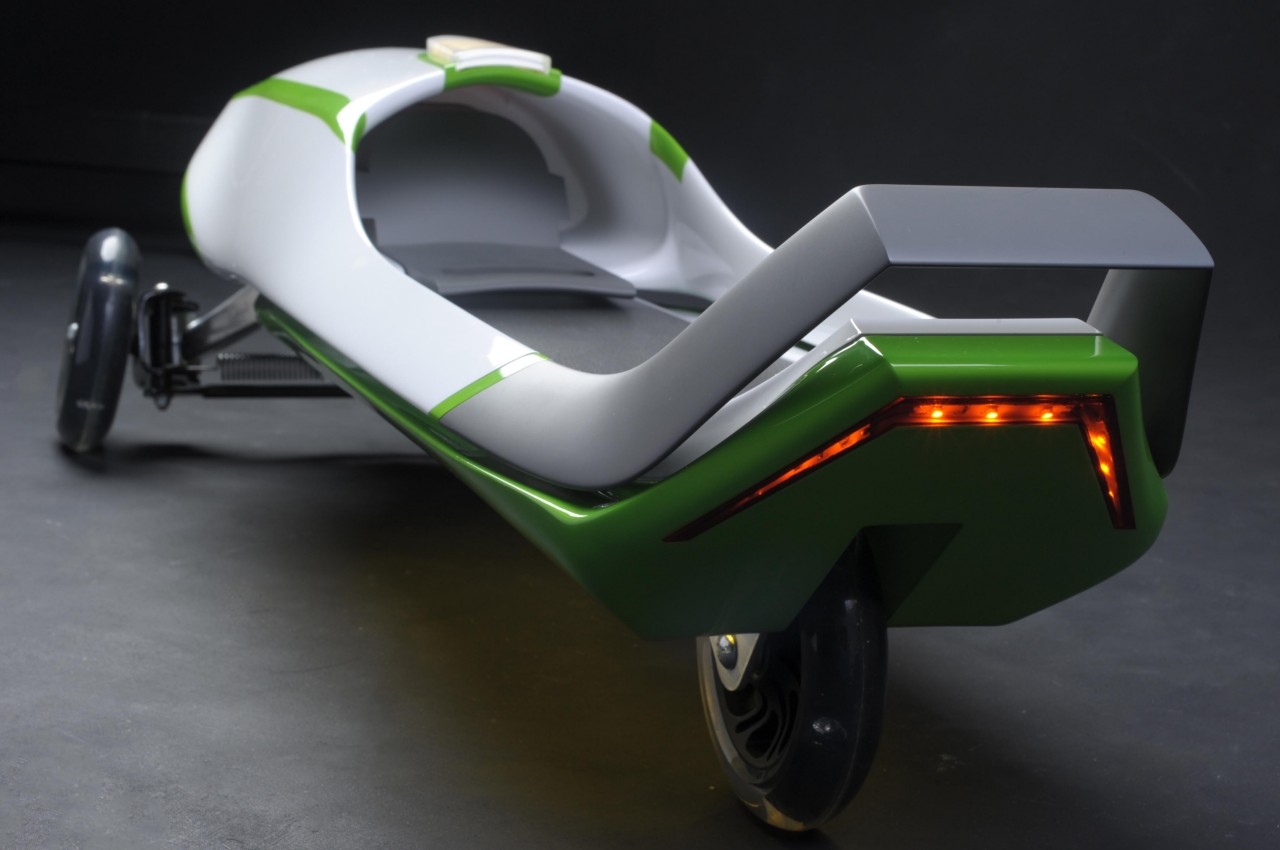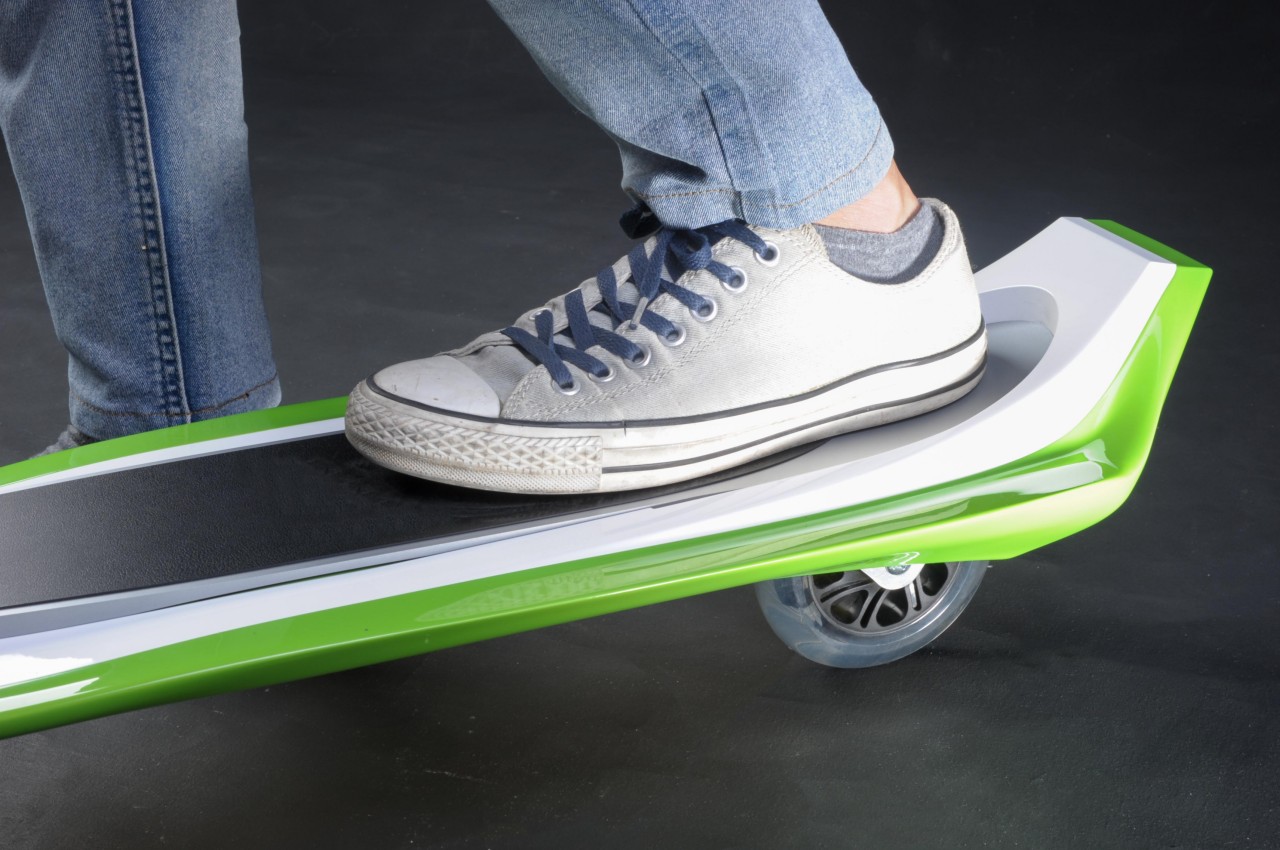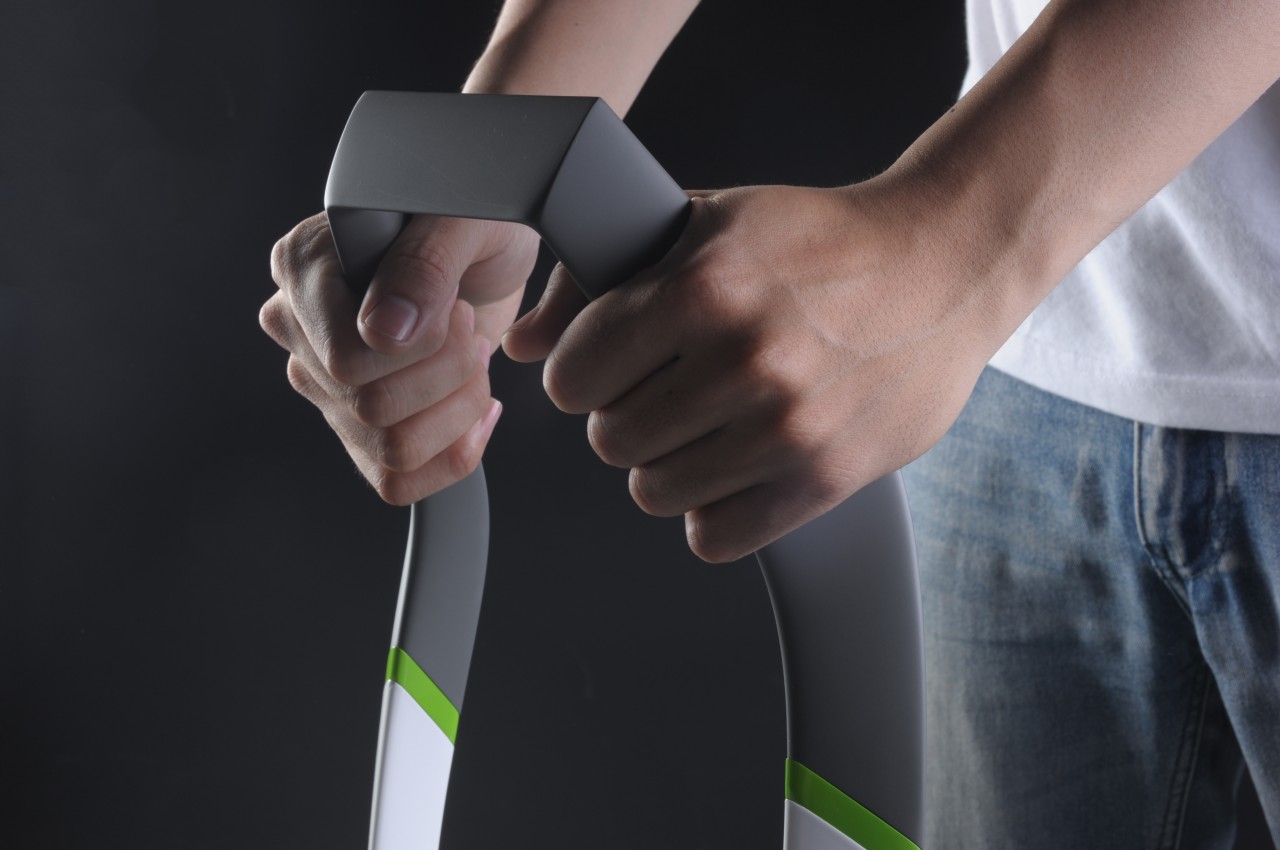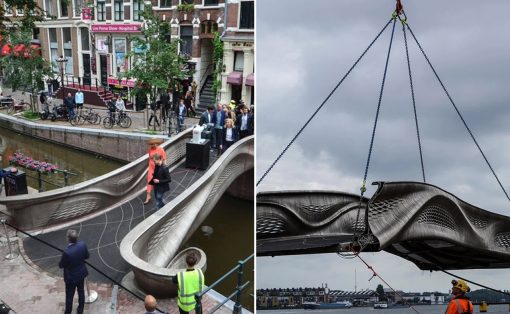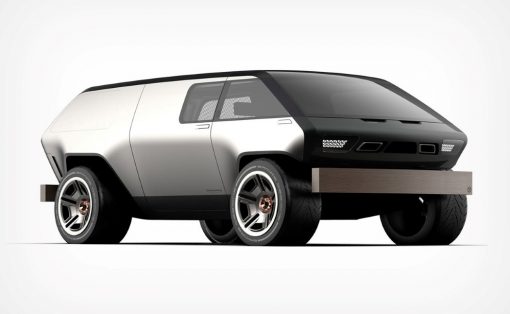As city roads become more congested with cars and trucks, people have started looking for more economical means to go from point A to point B. While motorcycles and electric scooters have become a fad, there are still some who prefer the good old-fashioned leg work of bicycles to go places. Not everyone, however, has the resources to buy their own bicycles, so bike rentals have started to pop up in a few cities around the world. Despite being more sustainable and more affordable, bicycle rentals aren’t always the most effective nor the most space-efficient options, especially for cramped or already crowded sidewalks. Kick scooters might actually be a better choice for the general population, and this concept imagines a portable mode of transportation that could make scooter rentals an even better and less stressful experience.
Designers: Johnny Jiasheng Chen, Wing-Ki Leung, Tzu-Chin Weng, Ching-Chun Wang
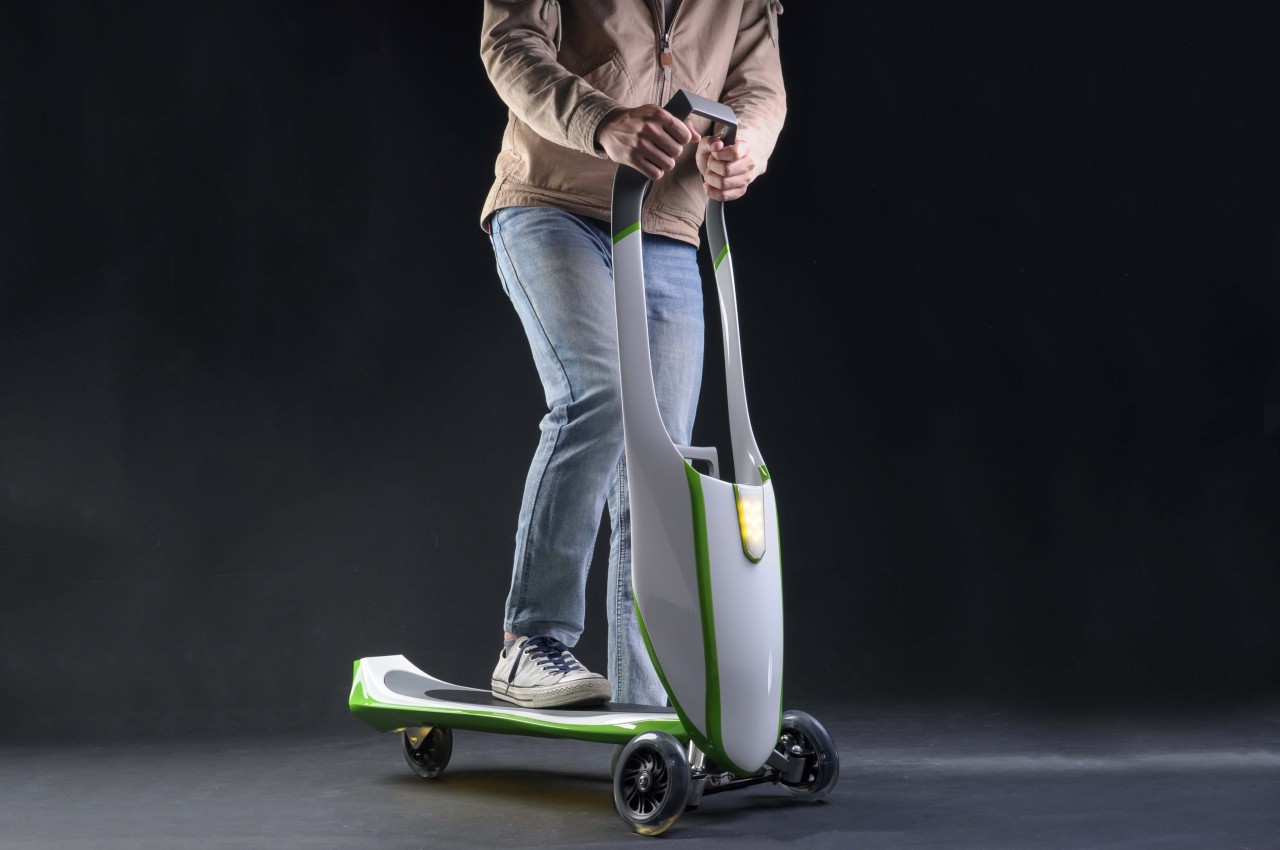
Bicycles might sound like the ultimate sustainable mode of transportation, especially if rented rather than bought. That only holds true if you actually know how to ride a bike and only if you’re wearing lower garments suitable for one. Even if those requirements are met, the conventional rental bike racks take up a lot of space, even for just five bikes, let alone ten. For cities with hundreds of potential riders, that’s going to require a lot of ground.
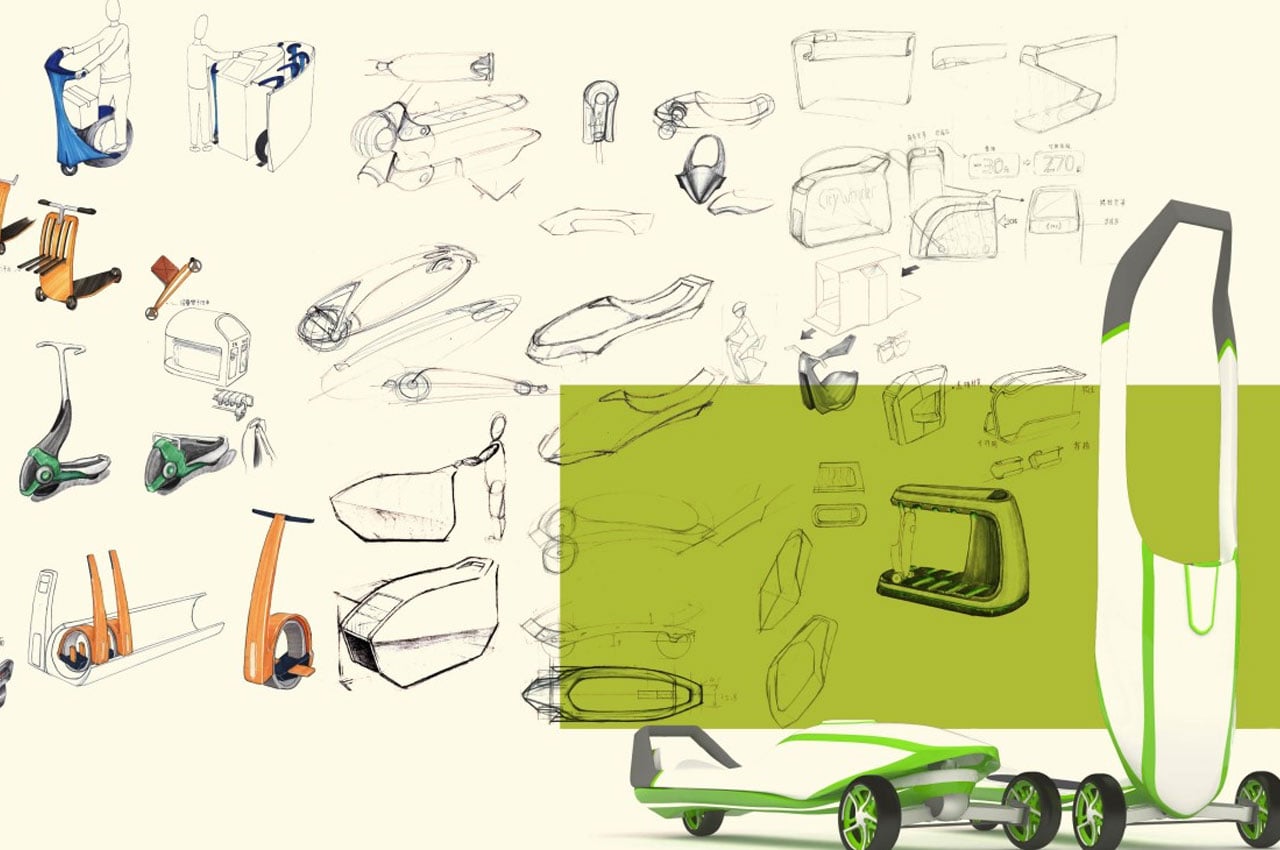
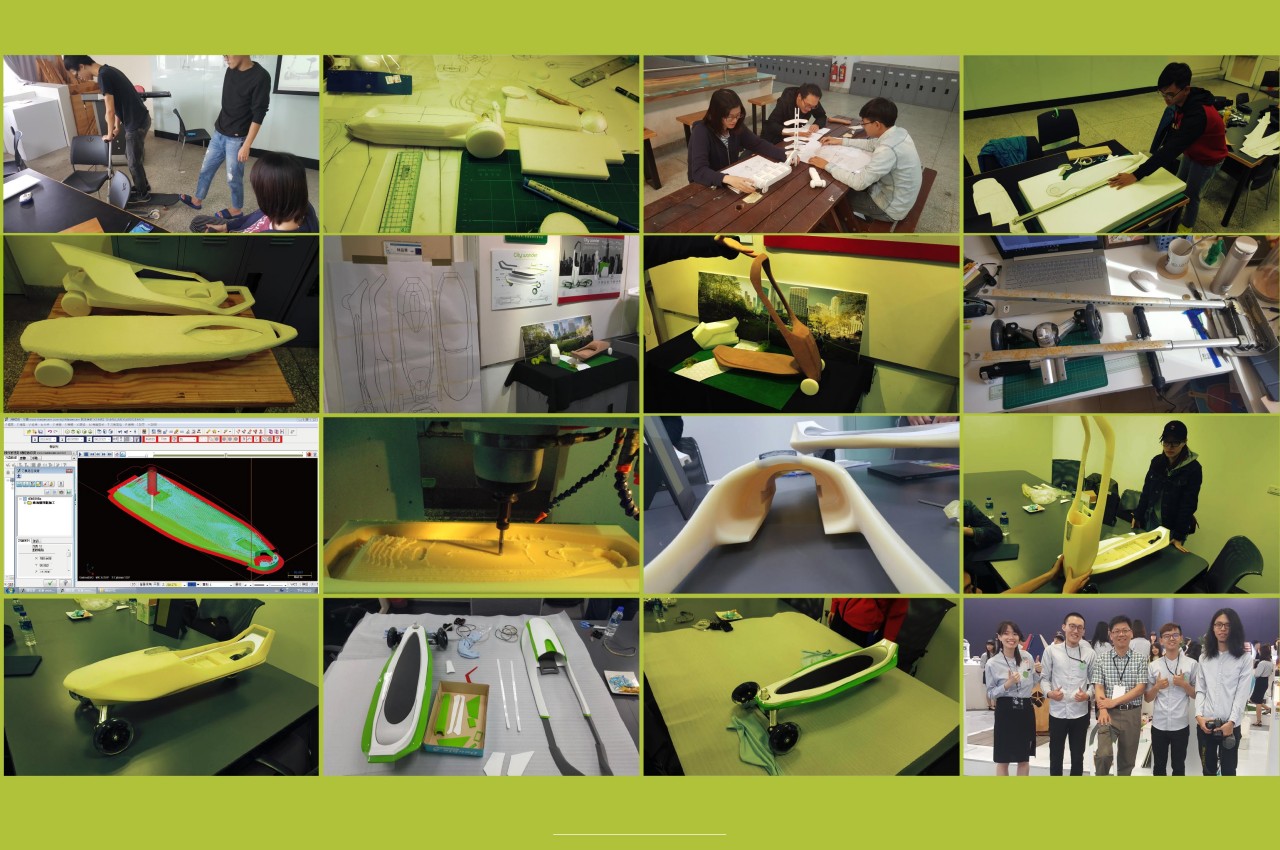
City Wander solves these problems by swapping out the bicycle for a kick scooter. Not those electric scooters that weigh more than a bike but an old-fashioned scooter that has four wheels instead of the usual two. This kind of scooter is much easier to drive and doesn’t require training like a bike. And since you’re standing up, you don’t have to fret over your wardrobe for that day.
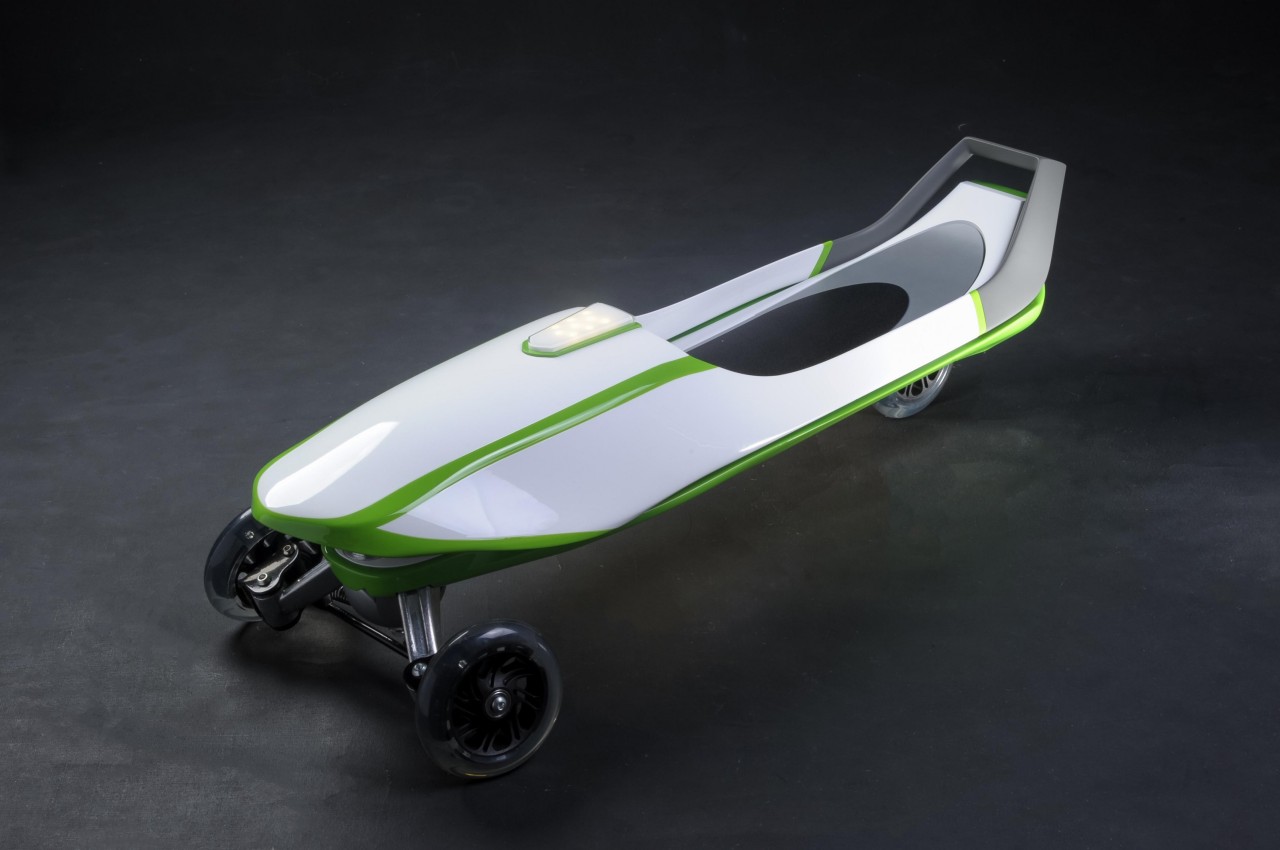
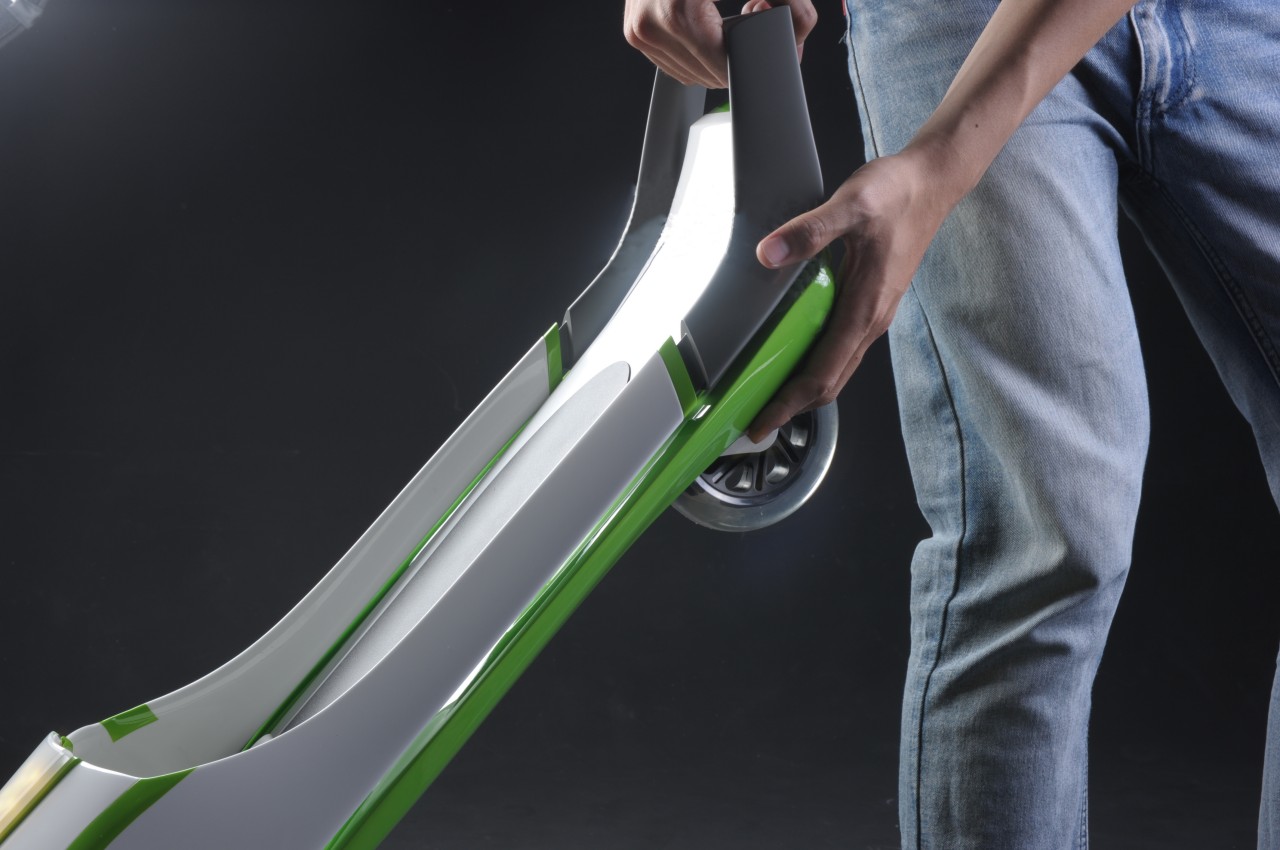
It isn’t just a plain four-wheel kick scooter, either. City Wander is designed to be portable and space efficient. It easily folds down so that you can pull it along like a flattened stroller. There’s also a storage compartment in the front for your stuff, though you’ll probably have to remember that it contains something before you fold the handle down.
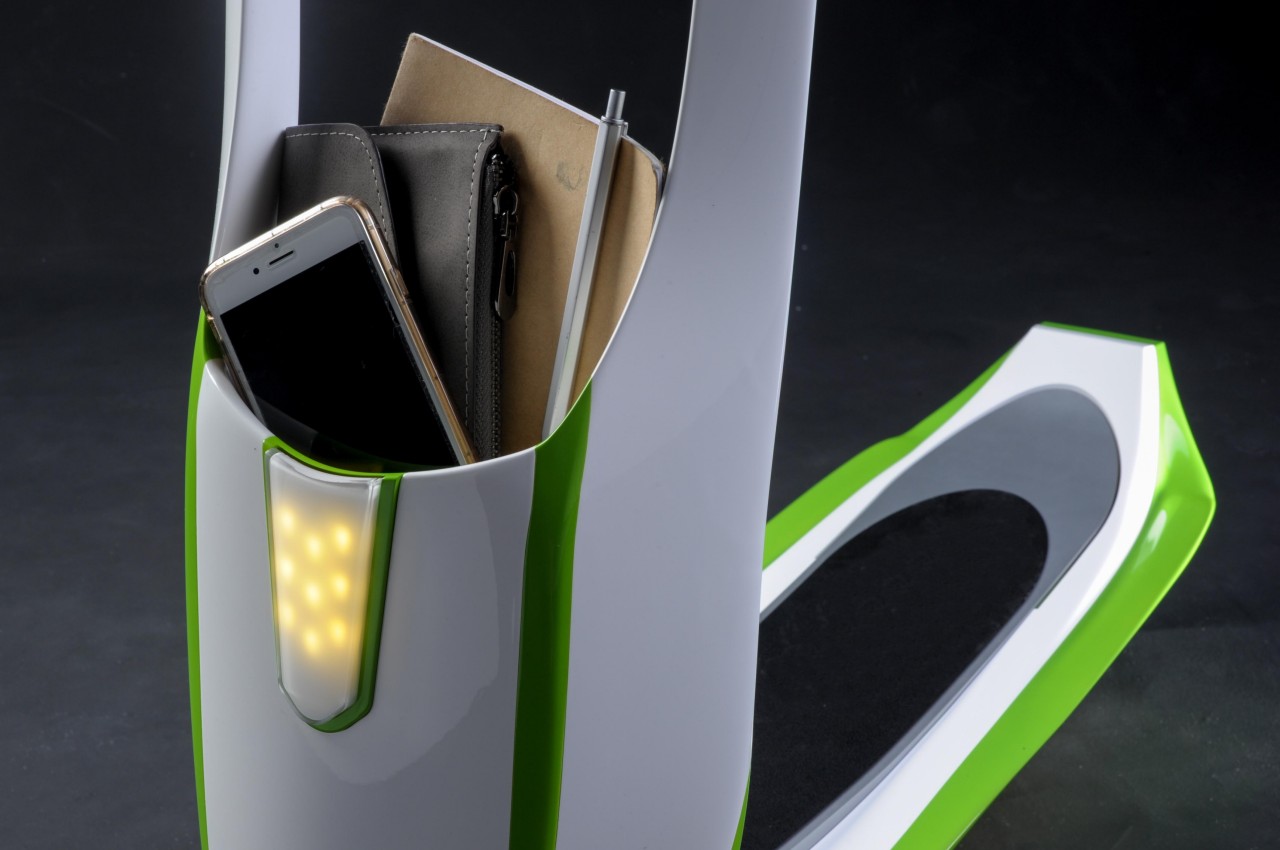
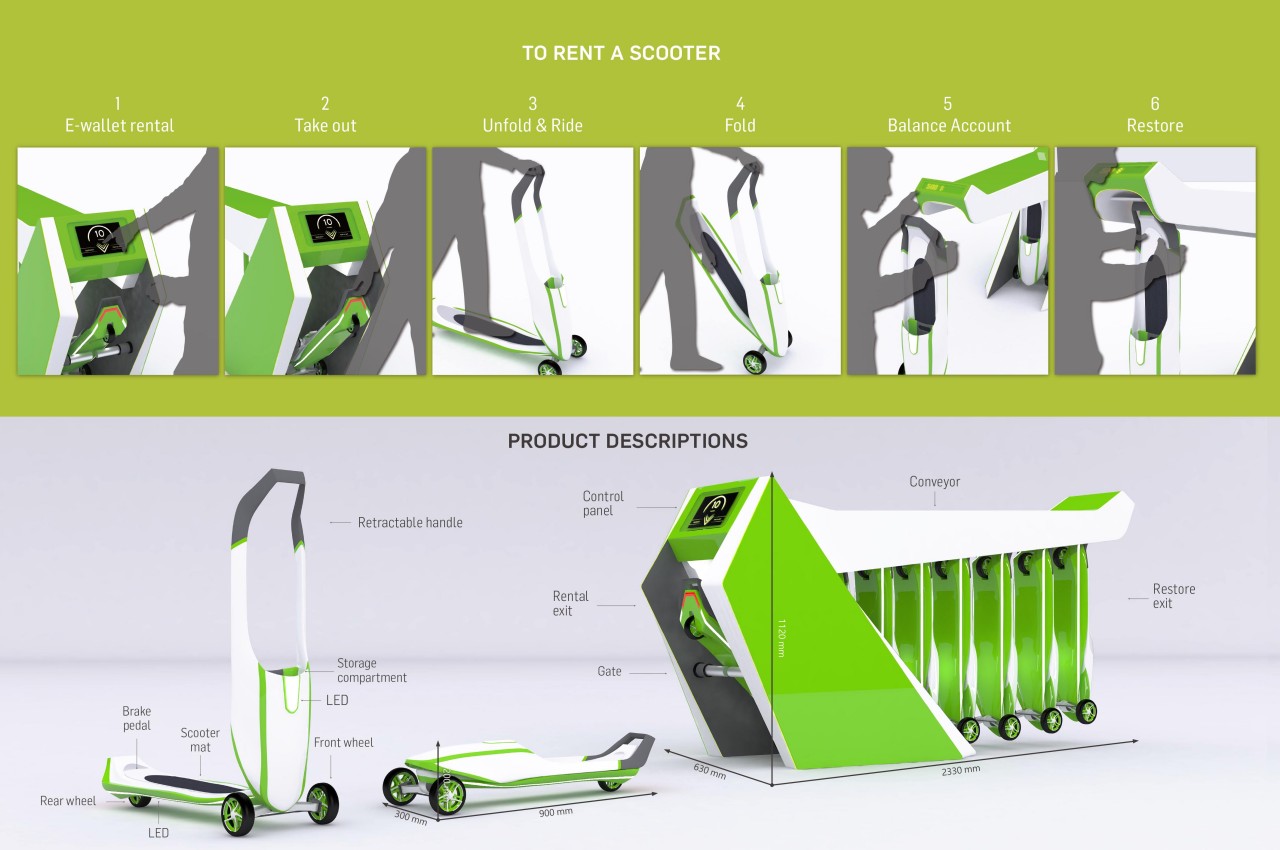
Although this design makes it convenient to bring the scooter everywhere, it’s really meant to be used as part of a larger city-wide rental system. That system includes a station that can hold as many as ten such scooters for the space of a single bicycle. The station has your expected features of digital access using a mobile app, and it uses a conveyor belt to move unused scooters forward while used ones enter through the rear. It’s admittedly an interesting design that checks the right boxes, especially with a scooter that looks sleek and stylish even in white. That said, implementing such a system, especially with an advanced rental station, could require more resources than what’s available, and most cities will likely just default to the cheapest bike and racks available.
